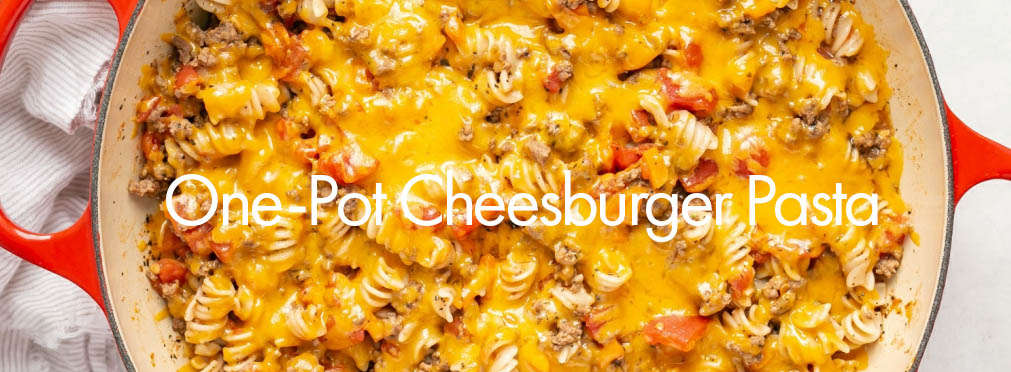
Reclaiming Your Health in 3 Simple Steps
As we settle into the new year, people are looking for a one-stop-shop solution to help them feel better. If only things were that simple; however, having more energy and feeling better doesn’t have to be complicated. The following three simple steps can be implemented together or separately but, when combined, will ensure a positive effect on your health and well-being.
Step 1: Reduce processed and ultra-processed foods
Unlike 50 years ago, we are spoilt for choice at the grocery store. However, the options are not always easy to navigate. They can be loaded with pitfalls we don’t know about, like ultra-processed foods: cookies, cereals, snack bars, readymade meals and other food substitutes, as well as soda and energy drinks.
Processed foods are foods that have been taken from their natural state and modified by cutting, cooking, freezing, or canning. So, with this information, you can understand that certain processed foods such as pasta, bread and frozen fruits and vegetables are helpful, can be part of a healthy lifestyle and are beneficial to your health. However, it is important to be aware of the sugar content in some of these products.
Most ultra-processed foods are not manufactured with your health and well-being in mind. These products are often highly flavoured and addictive to ensure we buy them again. They are loaded with salt, sugar and unhealthy ingredients that, in the long term, accumulate in the body, creating many health issues that can be avoided. They also affect internal self-regulating mechanisms, which means you lose the ability to know when you are full and satisfied with the food eaten.
This doesn’t mean that you must avoid all processed and ultra-processed foods; it’s about understanding how they affect you and making choices on an individual basis. Which ones to include in your diet? For example, I don’t always have time to make dips, so I sometimes pick up hummus or avocado dip to make my life easier. However, I will use them in a sandwich or with cut vegetables. By simply reducing our intake of ultra-processed foods, we can easily reduce the unwanted chemical load in our bodies and allow them to start tidying up. It’s about keeping things simple and healthy.
Step 2: Back to basic cooking
Get back to basics when it comes to meals — they do not have to be complicated. Cooking whole wheat pasta with grilled vegetables and parmesan cheese makes for a healthy, simple meal. Another is having a sliced chicken sandwich on whole wheat with chopped vegetables. Many social media posts show delicious meals that require a mountain of ingredients you will only use once. This can be costly and off-putting. Unless you enjoy cooking and constantly adding new recipes, go back to basics and put together a small list of meals that your family enjoys. Rotating through the list will go a long way to saving you time, money and energy while ensuring you eat well. This one-pot cheeseburger pasta is a staple in my house.
Step 3: Conversing and listening to our bodies
In a world surrounded by technology, with apps that encourage calorie tracking, portion control and scales that measure our various body structures, everyone is always looking to them for outside validation and to inform them if they are on track or not. However, none of the gadgets or apps will tell you how eating certain foods makes you feel. You may have eaten your allotted calories but still feel hungry, or certain foods may make you feel bloated after a meal. Don’t pay more attention to numbers; trust your body to tell you how you feel.
Once you start reducing your intake of ultra-processed foods and going back to basics, your body will become attuned to the positive changes, and those internal mechanisms that previously malfunctioned — when your diet was based mostly on ultra-processed foods — will start working again. You will begin to notice when you feel full and content and won’t have to worry about portion sizes. It is all about enjoying food for all the benefits it brings to our health and well-being.
Send your nutrition questions to susan@susanalsembach.com
In addition to listening to your body and focusing on unprocessed foods, it’s important to consider supplements that support overall health and well-being. For instance, if you’re looking to improve cardiovascular health, incorporating heart health supplements into your daily routine can be beneficial. These supplements often contain essential nutrients like omega-3 fatty acids, CoQ10, and magnesium, which are known to support heart function and circulation. Adding these alongside a healthy diet can further enhance your body’s natural ability to maintain a healthy and balanced state.
Header Photo: iStock










